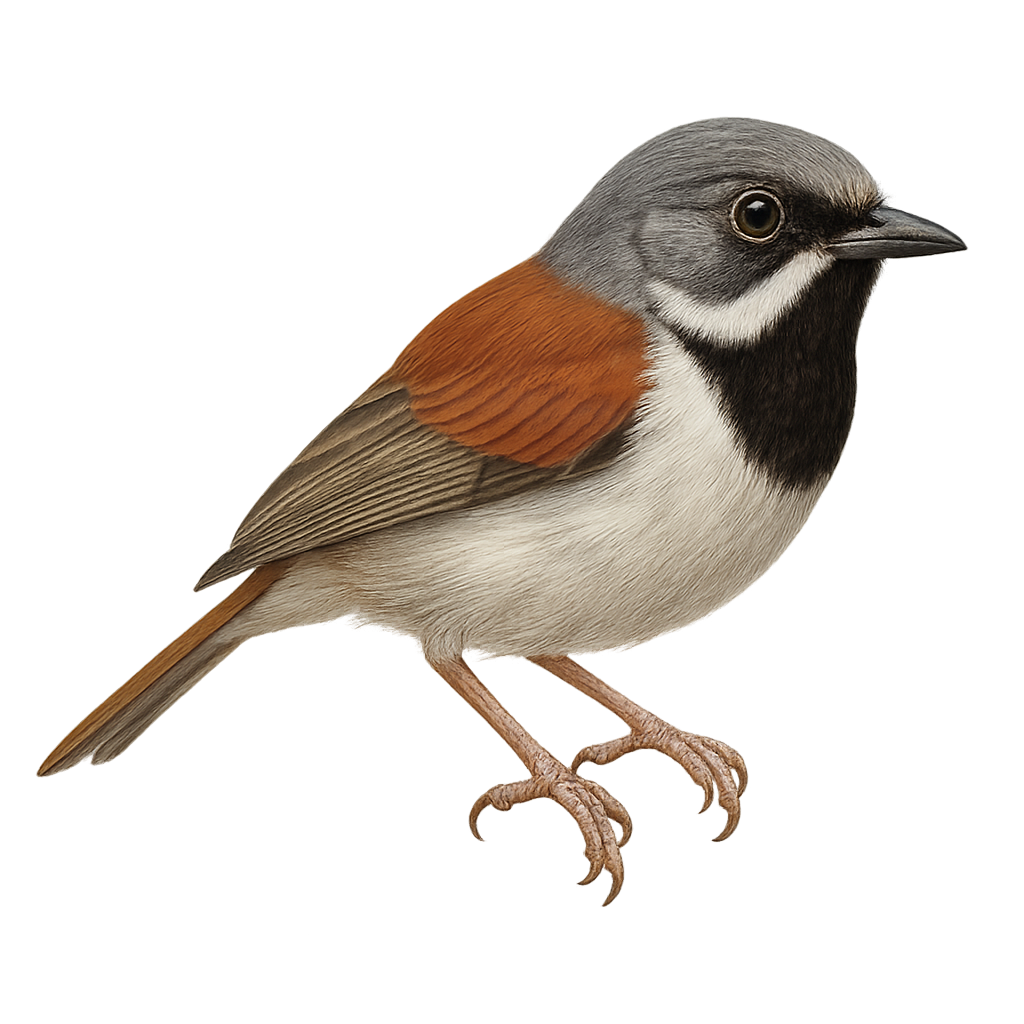Your wildlife photography guide.
Explore the red-tailed vanga in detail, study its behavior, prepare your shots.
Where to observe and photograph the red-tailed vanga in the wild
Learn where and when to spot the red-tailed vanga in the wild, how to identify the species based on distinctive features, and what natural environments it inhabits. The WildlifePhotographer app offers tailored photography tips that reflect the red-tailed vanga’s behavior, helping you capture better wildlife images. Explore the full species profile for key information including description, habitat, active periods, and approach techniques.
Red-tailed Vanga
Scientific name: Calicalicus madagascariensis

IUCN Status: Least Concern
Family: VANGIDAE
Group: Birds
Sensitivity to human approach: Suspicious
Minimum approach distance: 10 m
Courtship display: October to November
Incubation: 13-14 jours
Hatchings: October to December
Habitat:
dry forests, wooded areas, savannas
Activity period :
Primarily active during the day, with peak activity in the morning and late afternoon.
Identification and description:
The Red-tailed Vanga, or Calicalicus madagascariensis, is an endemic bird of Madagascar, belonging to the Vangidae family. It is characterized by its striking plumage, with a black head and bright red back, contrasting with a white belly. This bird measures about 14 cm in length and primarily feeds on insects and small invertebrates. It mainly inhabits the dry forests and wooded areas of the island. The Red-tailed Vanga is a diurnal bird, active mainly during the day. Although its conservation status is concerning, it is still relatively widespread in its natural habitat. Its breeding season generally extends from September to December, coinciding with the rainy season in Madagascar.
Recommended lens:
400 mm – adjust based on distance, desired framing (portrait or habitat), and approach conditions.
Photography tips:
To photograph the Red-tailed Vanga, it is advisable to use a telephoto lens of at least 400 mm to capture the details of its colorful plumage without disturbing it. Look for it in the dry forests and wooded areas of Madagascar, especially during the breeding season from September to December. Be patient and discreet, as this bird can be suspicious. Take advantage of the natural morning light to get vibrant shots.
The WildlifePhotographer App is coming soon!
Be the first to explore the best nature spots, track rutting seasons, log your observations, and observe more wildlife.
Already 1 431 wildlife lovers subscribed worldwide

